
Allergy To Your Newborn Child
In 2009, the British newspaper The Daily Mail reported the story of then-28 year-old mother Joanne Mackie, who developed "excruciating" blisters and a rash after giving birth to her son James. The hive-like blisters on her arms, trunk, and legs caused her so much pain that she was not able to hold her baby and she had to keep her arms covered in soft cloth. Doctors at first were baffled, but a skin test revealed that she suffered a very rare condition known as pemphigoid gestationis, allergy to a newborn. After a month's treatment with steroids the rash and blisters finally cleared up, but scars from the blisters remained. Although there have been 142 cases of the condition in the UK, worldwide, it occurs in less than 1 in 2 million births, and only in women who carry genes for a rare immune complex activated after giving birth.
- Important notification about information and brand names used in this slideshow!
- Photo courtesy of Muse Rosli by Flickr : www.flickr.com/photos/muse_rosli/9464795674/
- www.oddee.com/item_96791.aspx
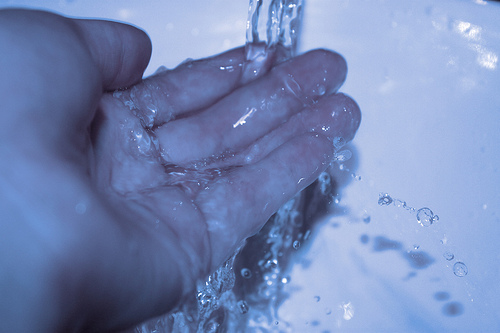
Allergy To Water
As hard as it is to believe, it is possible to be allergic to water. Called aquagenic urticaria, water allergies manifest themselves as itchy, bumpy, red rashes that appear about 10 minutes after bathing or swimming and last for several hours. The skin irritation usually occurs on the legs, trunk, and arms. Some experts believe that the condition is really caused by chemical additives used to treat water, such as chlorine or fluorides, but even pure spring water can cause the reaction. The itching is usually controlled by treatment with a capsaicin (hot pepper) cream, which essentially burns the skin so that nerves stop transmitting the even more disagreeable itching sensation. Some people with the condition also respond to antihistamines, such as Benadryl, or a class of medications usually prescribed for high blood pressure known as beta-blockers.

Allergy To Sex
In the "sometimes life is just totally unfair" category, an unfortunate few people are actually allergic to sex. While it may sound like nothing more than an excuse to avoid sex that is more creative than "I have a headache," some women experience itching or burning sensations after exposure to semen (and far more women experience allergic reactions to latex condoms, which are not strictly speaking an allergy to sex). Called seminal plasma hypersensitvity, this allergy can occur in either women or men (although men are typically not allergic to their own semen), and is a reaction to seminal fluid rather than the sperm it carries. In the very worst cases, the allergy can produce potentially fatal anaphylactic reactions. Allergists are able to treat the condition with desensitization shots made from the partner's semen.

Allergy To Wood
When the Romans invaded Gaul, the part of Europe now known as France, they encountered an unusual health problem. Soldiers carved out drinking cups from the local trees and filled them with wine, dying for what we would call anaphylactic shock, probably from an allergy to the wood, just minutes later. Wood allergies are far from common, but they are sometimes deadly. Almost any tropical hardwood can cause sneezing, wheezing, blisters, and asthma. In the temperate zone, many people are allergic to boxwood, birch (many Europeans are also allergic to birch pollen), black cherry, catalpa, juniper, and maple. Some people break out in hives when they place bare skin on teak furniture or bath chairs. You probably won't have an allergic reaction the first time you contact an allergenic wood, but repeat exposure causes allergy problems.
- Important notification about information and brand names used in this slideshow!
- Photo courtesy of lraine by sxc.hu : www.sxc.hu/photo/824010
- www.oddee.com/item_96791.aspx

Allergy To Exercise
What a wonderful excuse to be a couch potato, allergy to exercise. True allergic reactions to exercise actually aren't especially rare. Typically these reactions take the form of wheezing and sneezing rather than skin reactions, teary eyes, headache, or runny nose, but in the very worst cases, just a few minutes of exercise can result in swollen eyes, swollen tongue, and closing of the throat requiring emergency medical intervention. Called exercise-induced angioedema, this surprisingly common allergic condition seems to be triggered by eating a certain food and then getting exercise (or having sexual intercourse). Unfortunately, doctors often have a very hard time figuring out which food makes the person sensitive to exercise, although wheat seems to be a common culprit. Reactions may also be worse when exercise is attempted in hot, humid conditions.

Allergy To Sun
It isn't just vampires who can't go out into the sun. Some unfortunate individuals suffer a condition known as solar urticaria, in which just a few minutes of exposure to sunlight, even through clothing, can result in itching, stinging, and hives. The skin reaction dissipates in a few minutes to a few hours, unless the skin is re-exposed to the sun. In the worst cases, there may also be wheezing, choking, nausea, vomiting, and passing out. Worldwide, about 1 in 250 people has the condition, which usually begins about age 35. The only treatment for the condition is continuous use of low-dose antihistamines, which allow some sun exposure, but the the problem is not medically curable. A fortunate few people who develop the condition spontaneously recover from the disease. People who have solar angioedema need to take vitamin D supplements, since they cannot get enough sunlight for the skin to make its own vitamin D.

Allergy To Technology
Does your cell phone make you sneeze? Does your iPad make you itch? If they do, you could need to see your doctor about ruling out electromagnetic hypersensitivity, an "allergy" to modern technology. Electromagnetic hypersensitivity typically presents a long series of bewildering symptoms, such as migraines, lump in the throat, rashes, hives, and mood swings. The solution for the condition usually involves removing electronics from the bedroom, at least during sleep, and relying on vents rather than fans in the room for temperature control. Some people who have the condition take the additional step of lining their homes with tin foil, but this is not likely to be a useful intervention unless it is possible to make the entire home into a "Faraday cage," with copper sheeting, usually requiring the help of a homebuilder and an electrician.
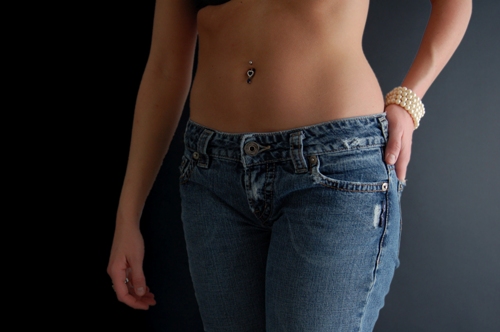
Allergy To Underwear
If your Hanes doesn't make you feel good all under, the problem could be that you have an allergy to underwear. Many people are allergic to the latex in the elastic bands that go around the waist of the wearer or the backstrap for a brassiere. Typically, people who have allergies to latex also have allergies to cantaloupe, mango, papaya, muskmelon, cashews, tomatoes, potatoes, and/or pineapple, and eating one of these foods will make the underwear allergy worse. If you can't go commando, and you just have to put on your undies, then (1) make sure your undies have been thoroughly rinsed when you put them through the washer, so there is no residual soap to add to irritation, (2) make sure you wear undies just once, so you don't pick up any bacteria that can gather in the cracks of your skin caused by the allergy, and (3) make sure you wear cotton undergarments that "breathe" so sweat does not accumulate underneath your clothes or in folds of skin that are easily irritated.
- Important notification about information and brand names used in this slideshow!
- Photo courtesy of scottcnyde by sxc.hu : www.sxc.hu/photo/723757
- www.oddee.com/item_96791.aspx

Allergy to Shoes
Many people get itchy feet when they wear certain brands of shoes. Typically the real problem isn't the shoe itself, but rather one of two chemicals used in treating leather, potassium dichromate, used to give shoes the right color, or para-tertiary butylphenol (PTBP) formaldehyde resin, used to glue leather to rubber. When allergies occur after wearing athletic shoes, the culprit is almost always PTBP. This chemical can also fade the pigment in the skin of the feet. The solution to shoe allergies is to wear shoes that are free of potassium dichromate and PTBP. Brands of hypoallergenic shoes include Adidas, Asgi, Bionat, Birkenstock, Brooks, Camper, Cole Haan, Crocs (although some of the newer Crocs shoes contain the problem glues), Eddie Bauer, Hush Puppies, Patagonia, Think!, and Vivo Barefoot. If you can't replace problem shoes, wear protective MicroAir Barrier socks made by Alpretec.

Allergy To Chocolate
Also in the category of "sometimes life just isn't fair" is allergy to chocolate. Allergies to chocolate are aggravated by excessive production of the brain chemical serotonin. Since most modern antidepressants, drugs in the category known as selective serotonin reuptake inhibitors, increase the amount of serotonin in the brain, they increase the severity and frequency of chocolate allergies. Allergies to chocolate are almost made more severe by consuming foods that contain serotonin, especially black walnuts, but also most other tree nuts, tomatoes, and bananas. Women who eat large amounts of chocolate during pregnancy tend to give birth to babies who later develop allergies to chocolate about the time they go to school; these chocolate allergies are more likely to cause wheezing and sneezing than hives.



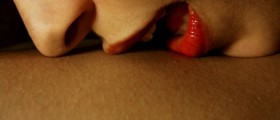
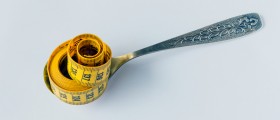
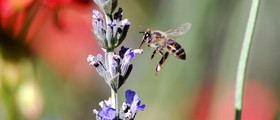
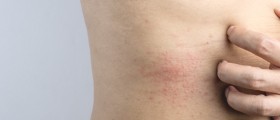



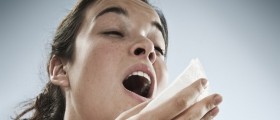
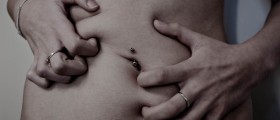

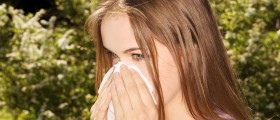
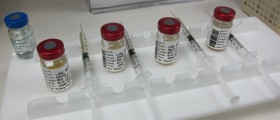
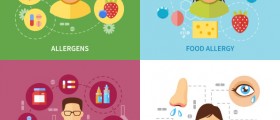


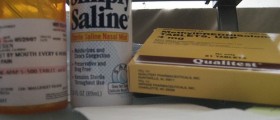




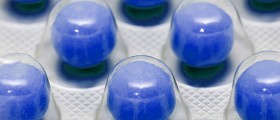
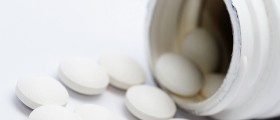
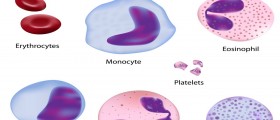
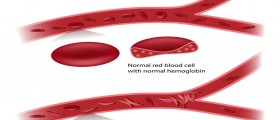
Your thoughts on this
Loading...